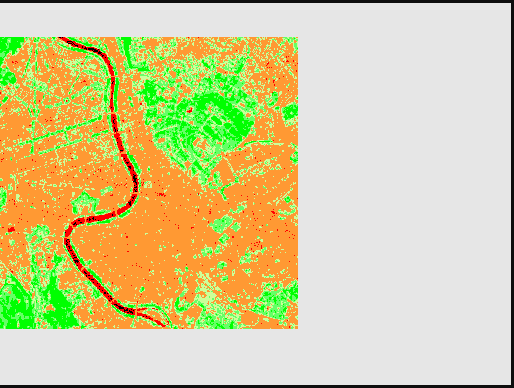Hi everyone,
I’m wondering if it is possible to display the result of multiple polygon instead of just 1. From this polygons, I am expecting to get all 3 to be displayed,
but I get this result instead:

Any help would be much appreciated.
Regards,
Enter your E-mail address. We'll send you an e-mail with instructions to reset your password.